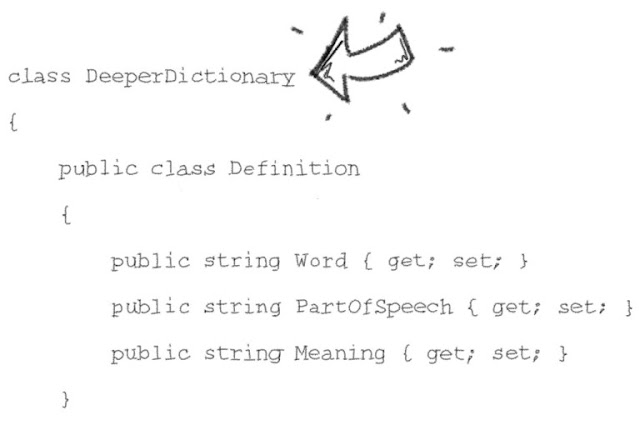Code Snippet: Convertir ImageSource de Xamarin.Forms a una Imagen Nativa
Voy a compartir con ustedes un fragmento de código que suelo usar cuando genero controles personalizados en Xamarin.Forms.
Como un gran fan de las experiencia nativas siempre estoy tratando de tomar ventaja de los tipos que Xamarin.Forms continue para ayudar a los desarrolladores a usar controles extendidos y nuevos componentes usando tipos comunes en el framework, pero algunas veces xamarin tiene algunas implementaciones ocultas que son private o internal, como en este caso el obtener una imagen nativa del tipo ImageSource como puedes observar aquí(iOS):
https://github.com/xamarin/Xamarin.Forms/blob/ae5bbc51230b3a555ceed2ddce4d4fc8aaf8774d/Xamarin.Forms.Platform.iOS/Renderers/ImageElementManager.cs#L279
Así que para este tipo de casos podemos encontrar una buena solución para seguir usando los tipos que provee Xamarin.Forms y poder usarlos en tu código, Les compartiré un fragmento de código que puede re-utlilizar en un proyecto tipo Shared(compartido) o Multi-target y con una simple linea de código serán capaces de obtener la representación nativa de un objeto tipo ImageSource:
Como puede ver es muy simple de obtener la imagen nativa y con esto puede llegar a realizar implementaciones muy interesantes como la que realice de ejemplo:
Gist:
https://gist.github.com/AlejandroRuiz/ab280fefbdf986ed8c461bd1f1d128ea
Ejemplo Xamarin.Forms:
https://github.com/AlejandroRuiz/XamarinMonthCodeSnippets





Comentarios
Publicar un comentario